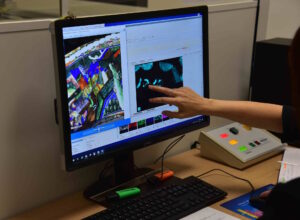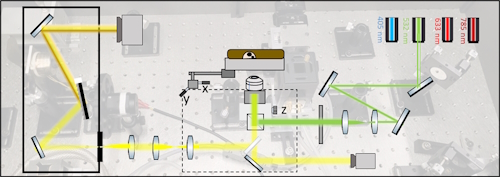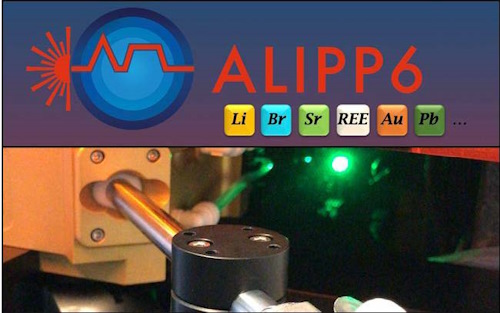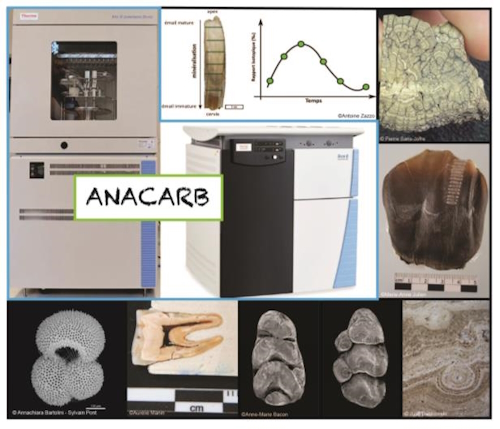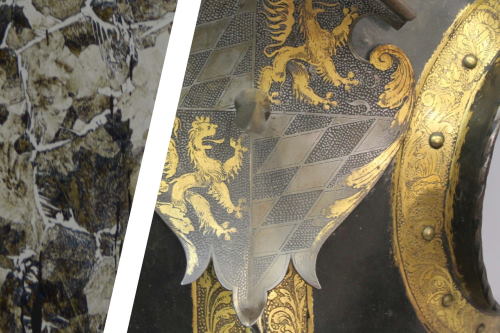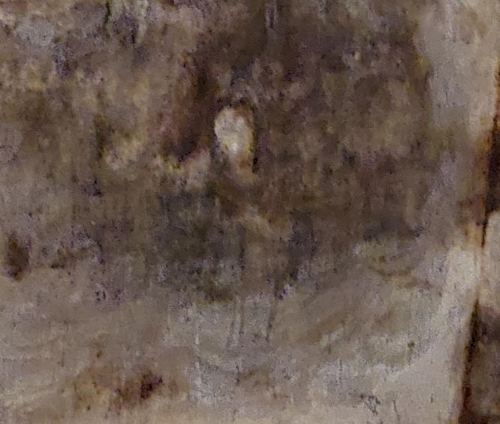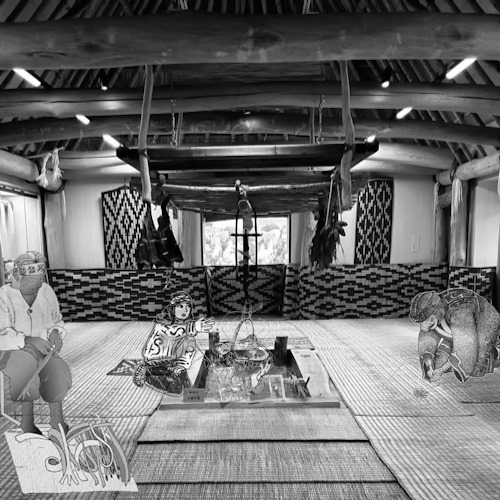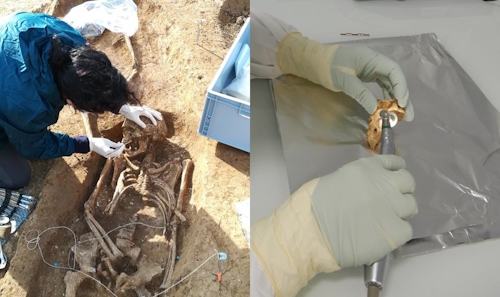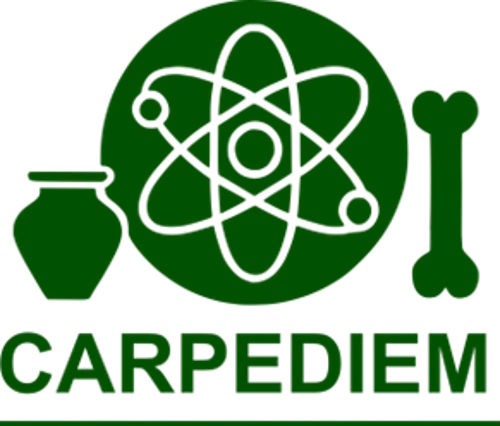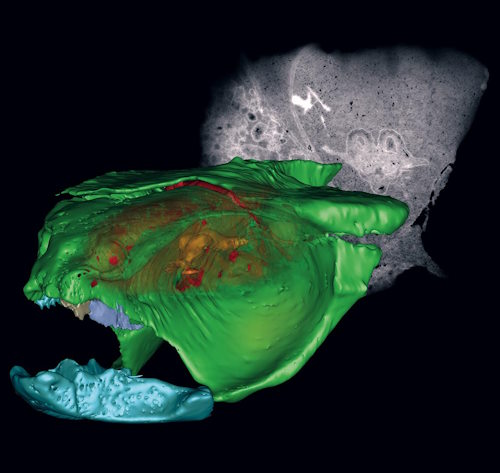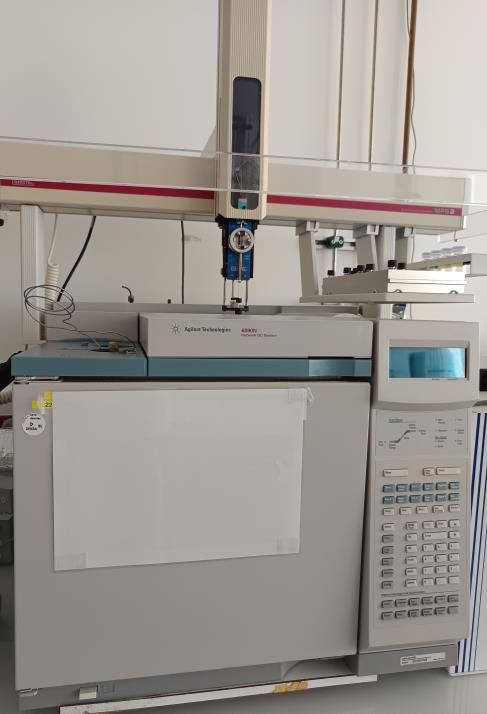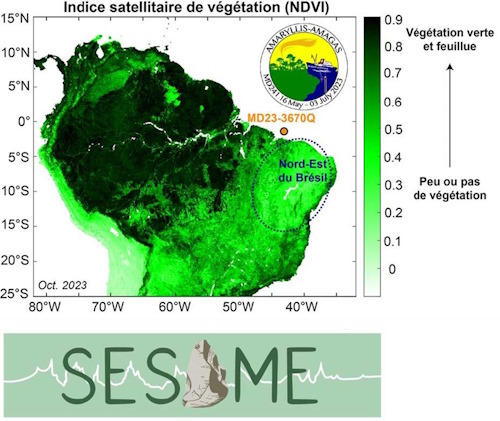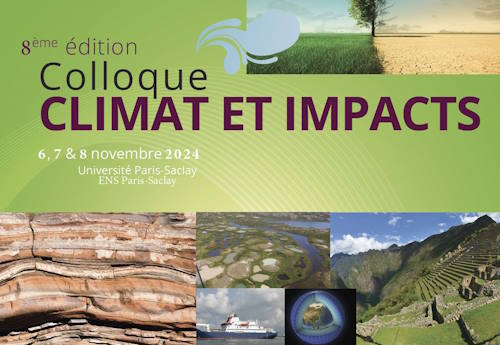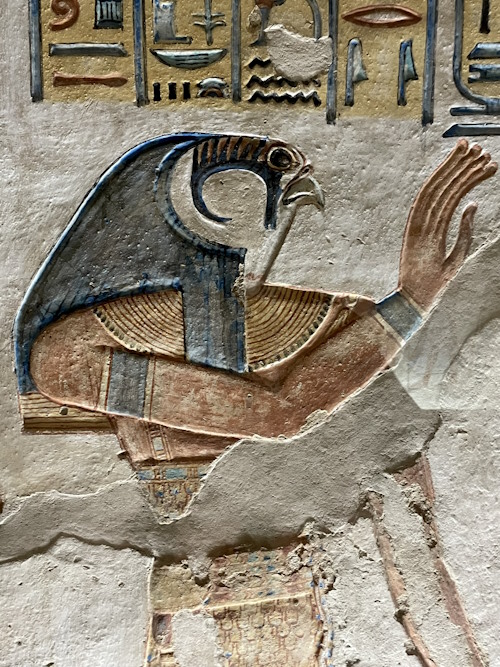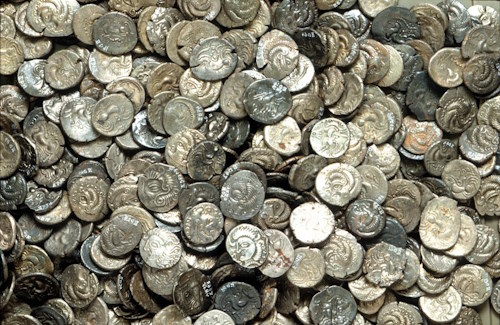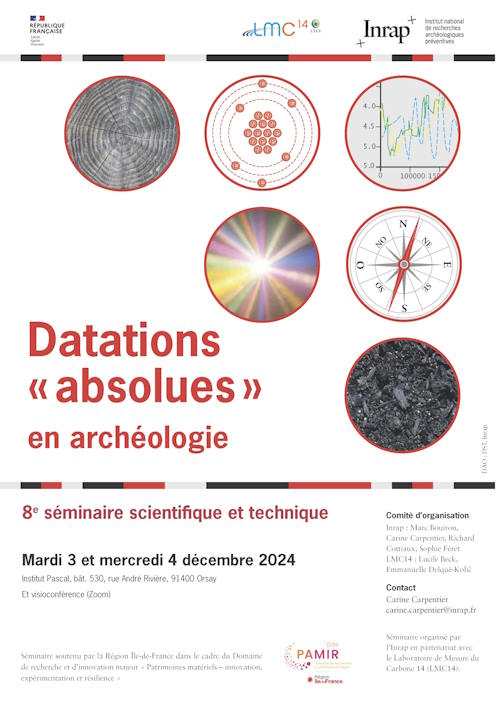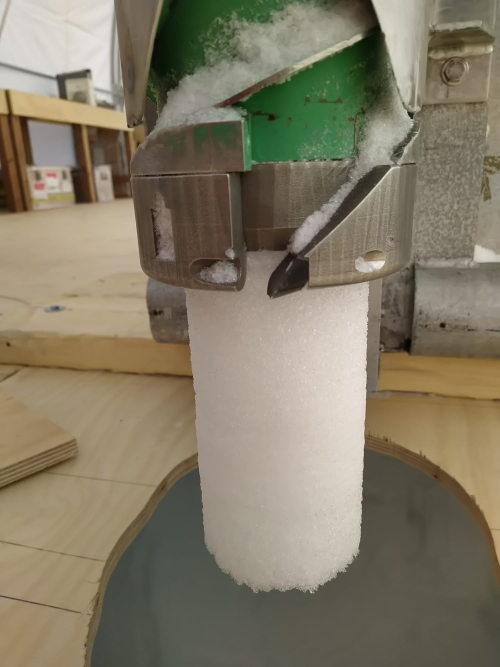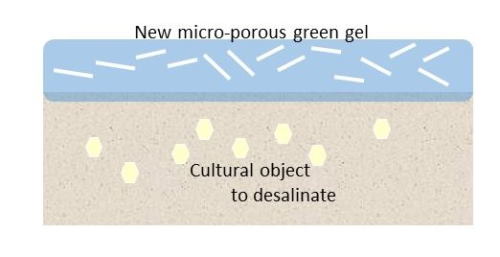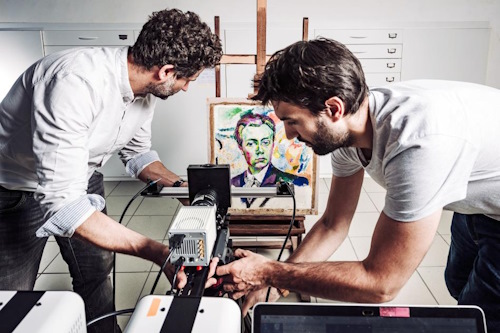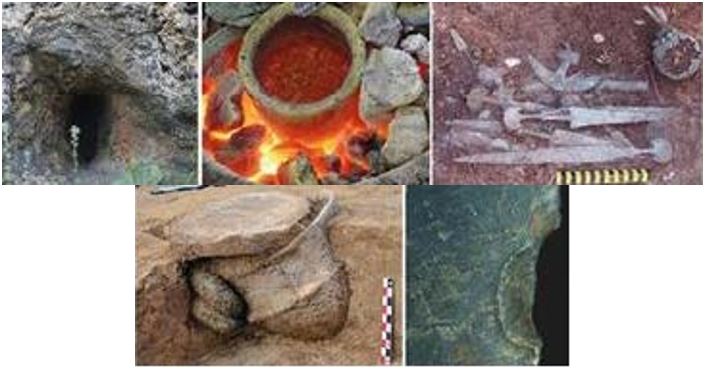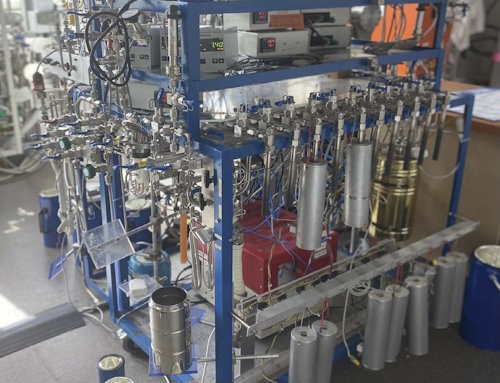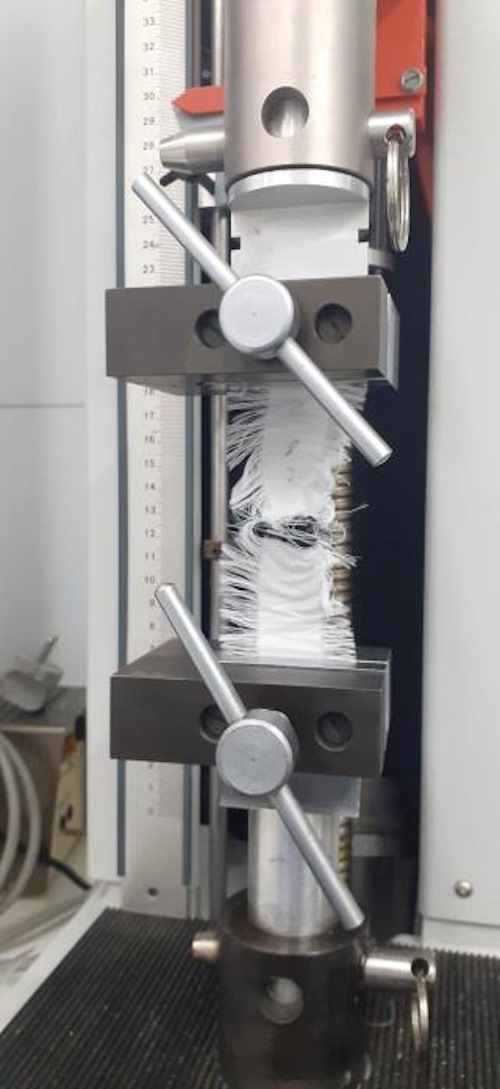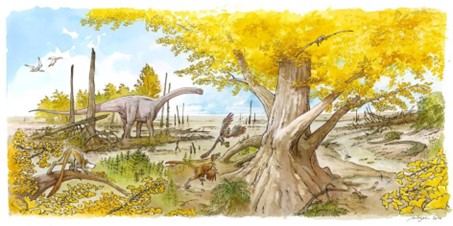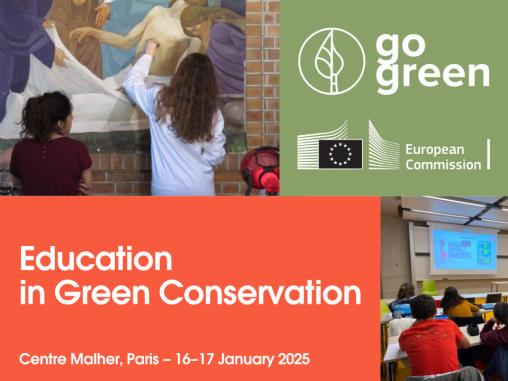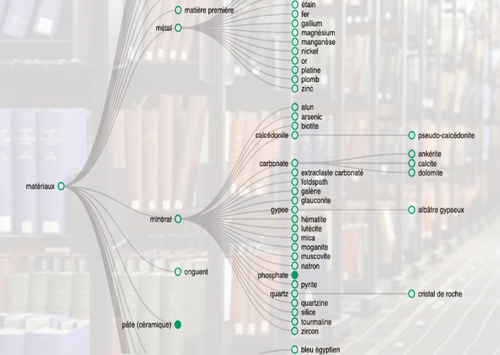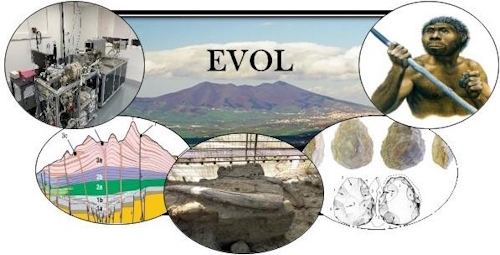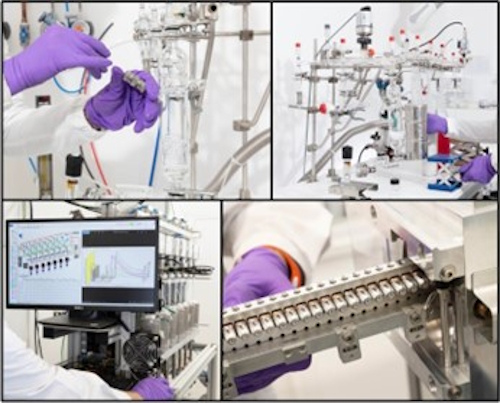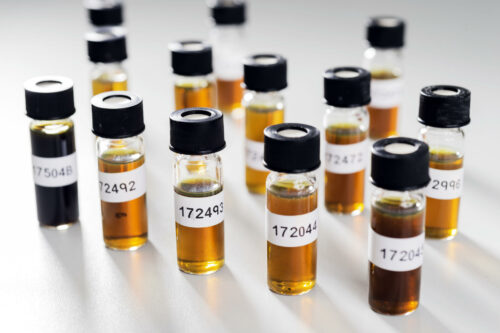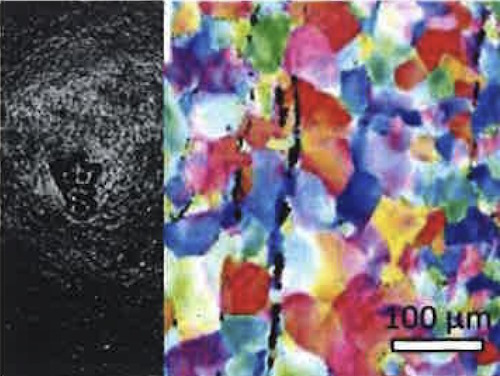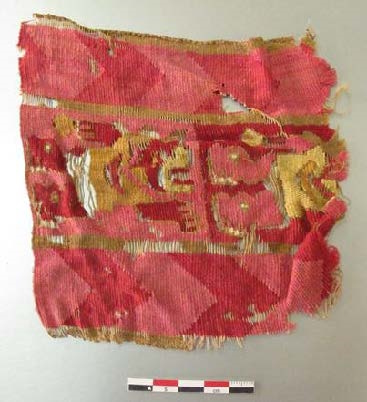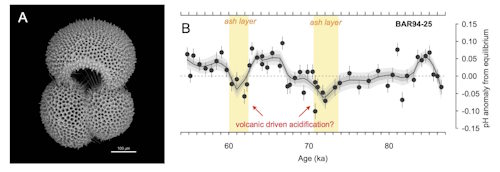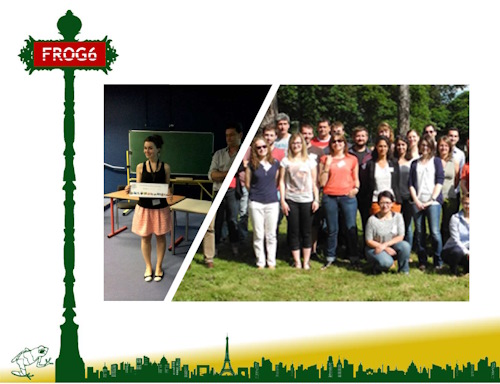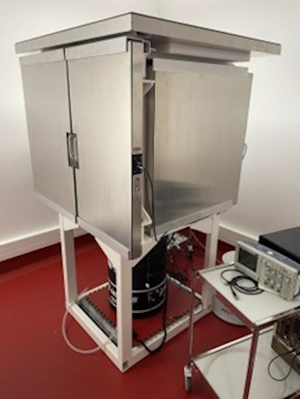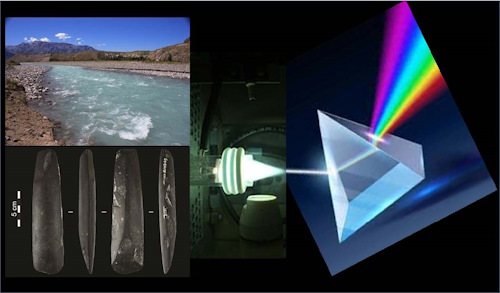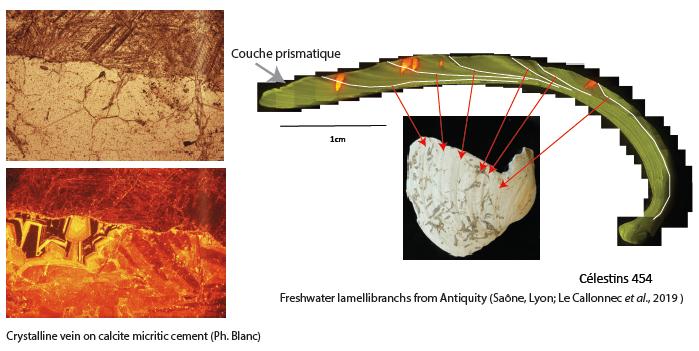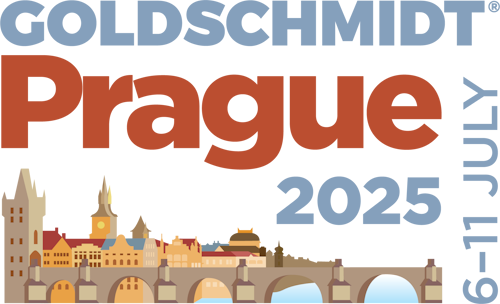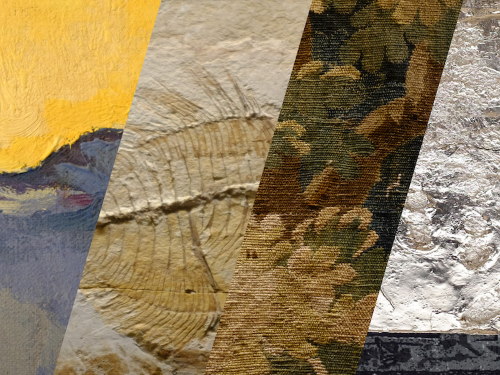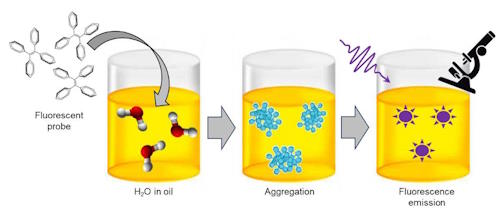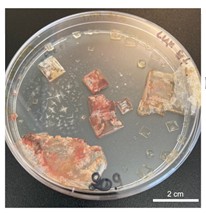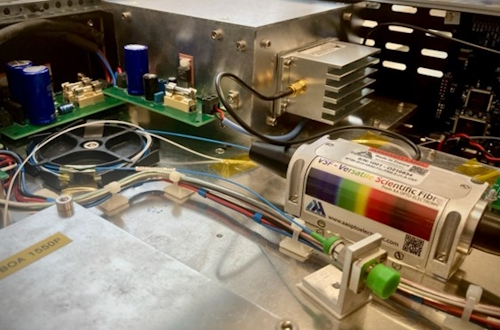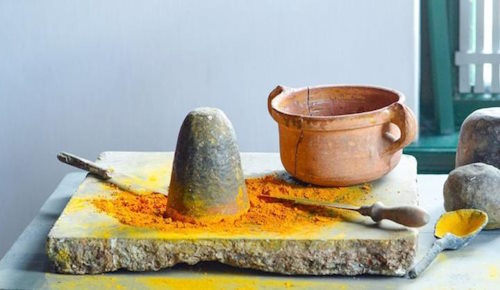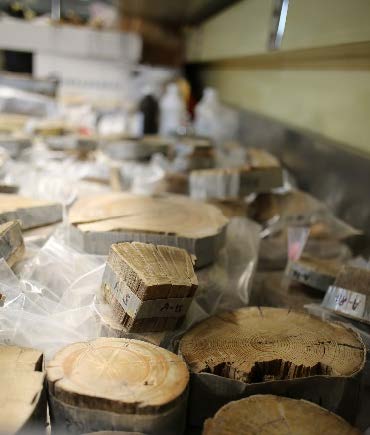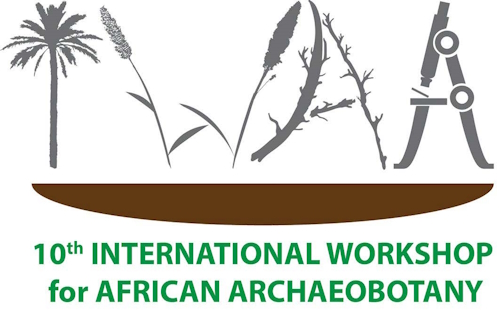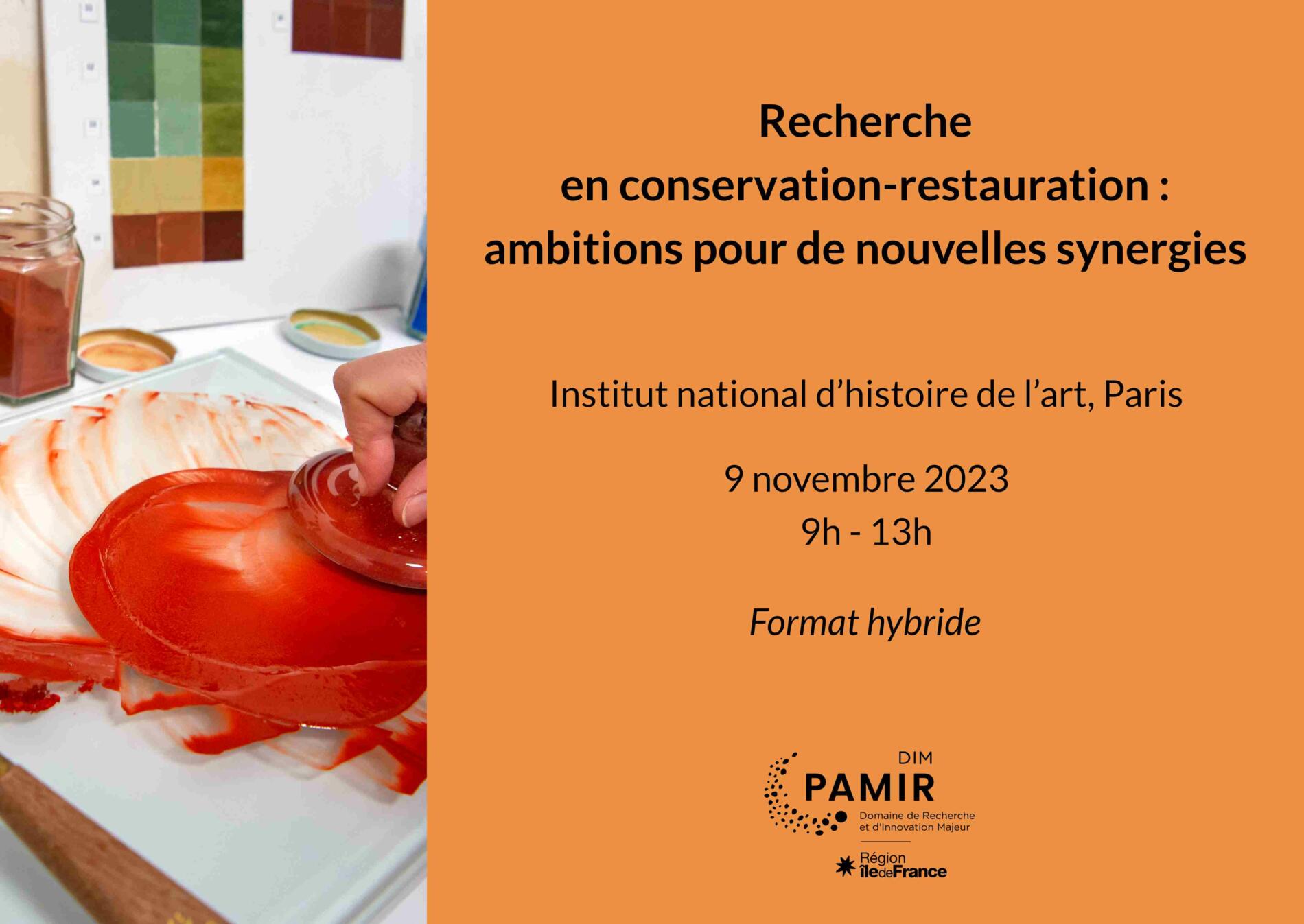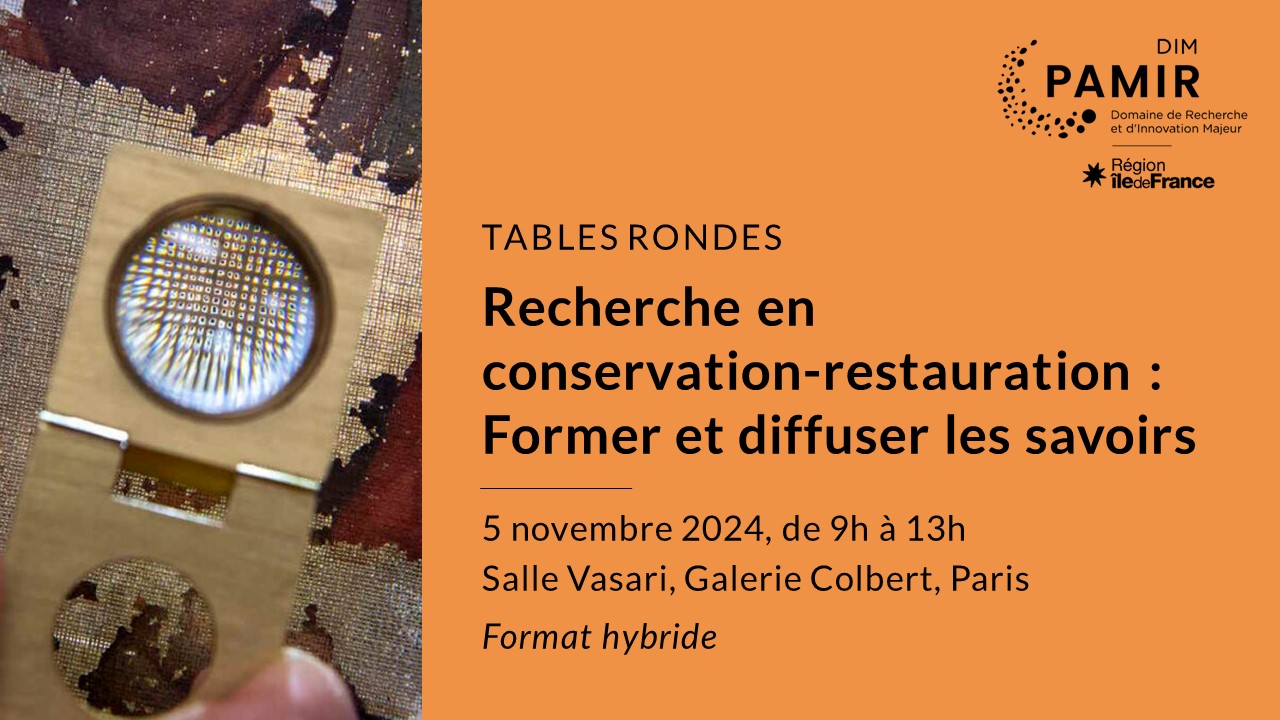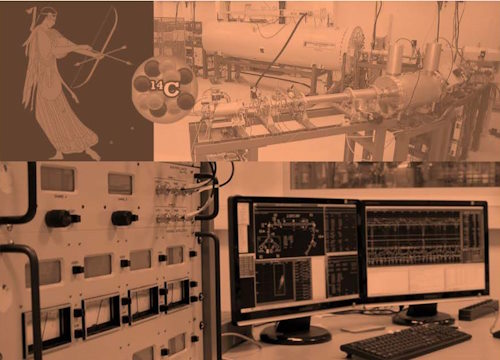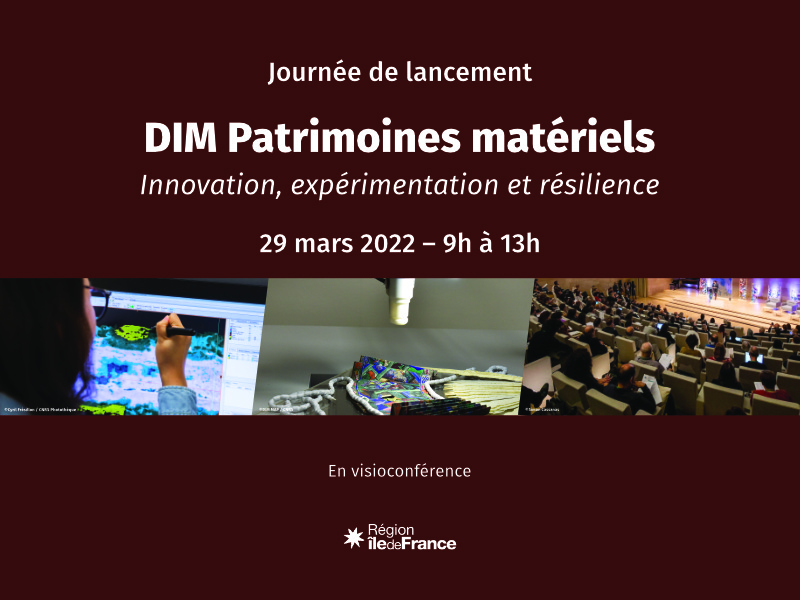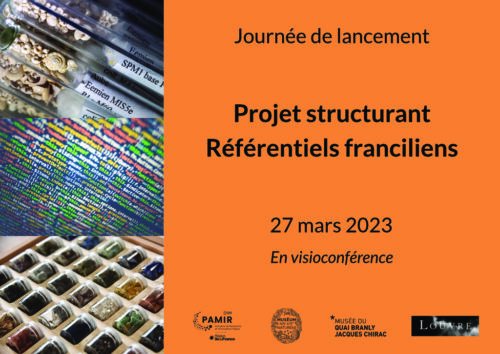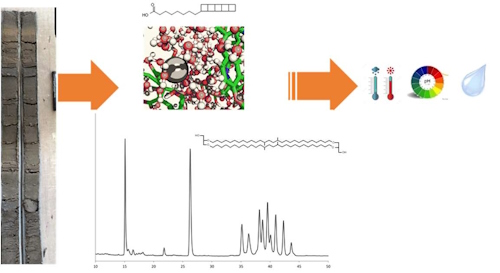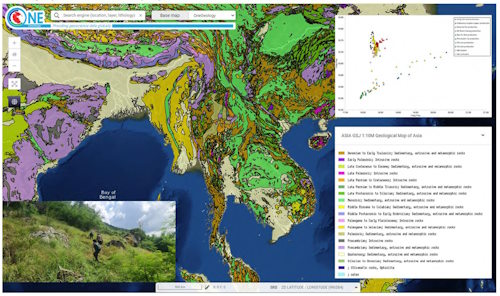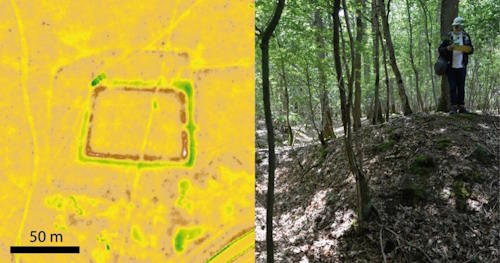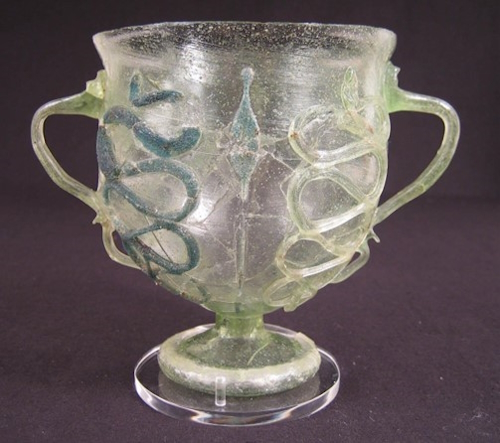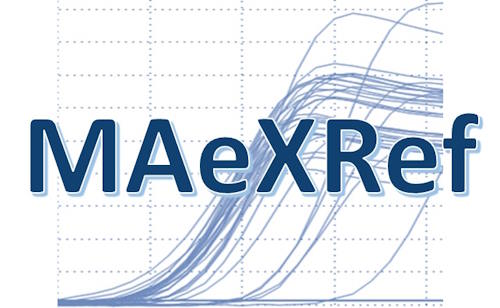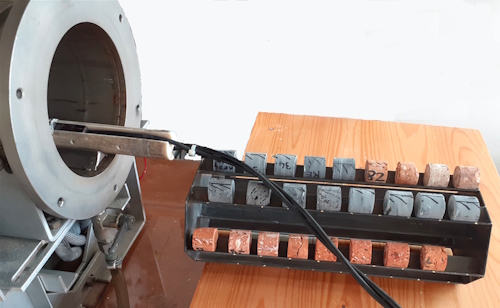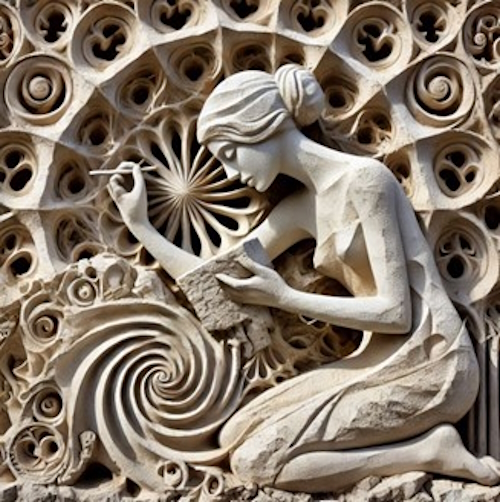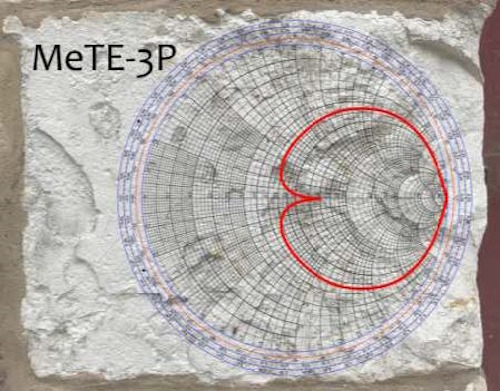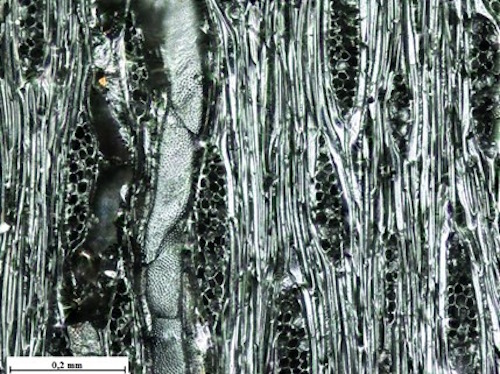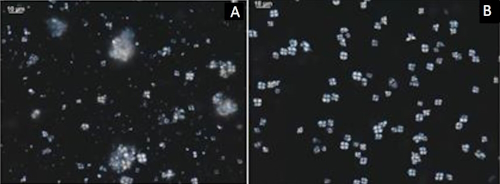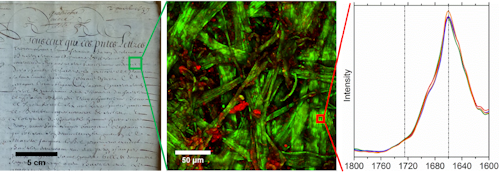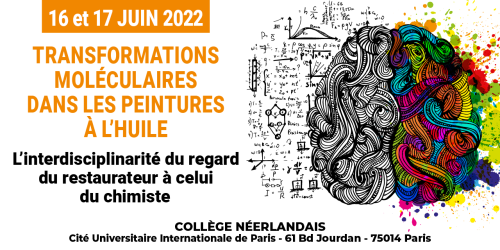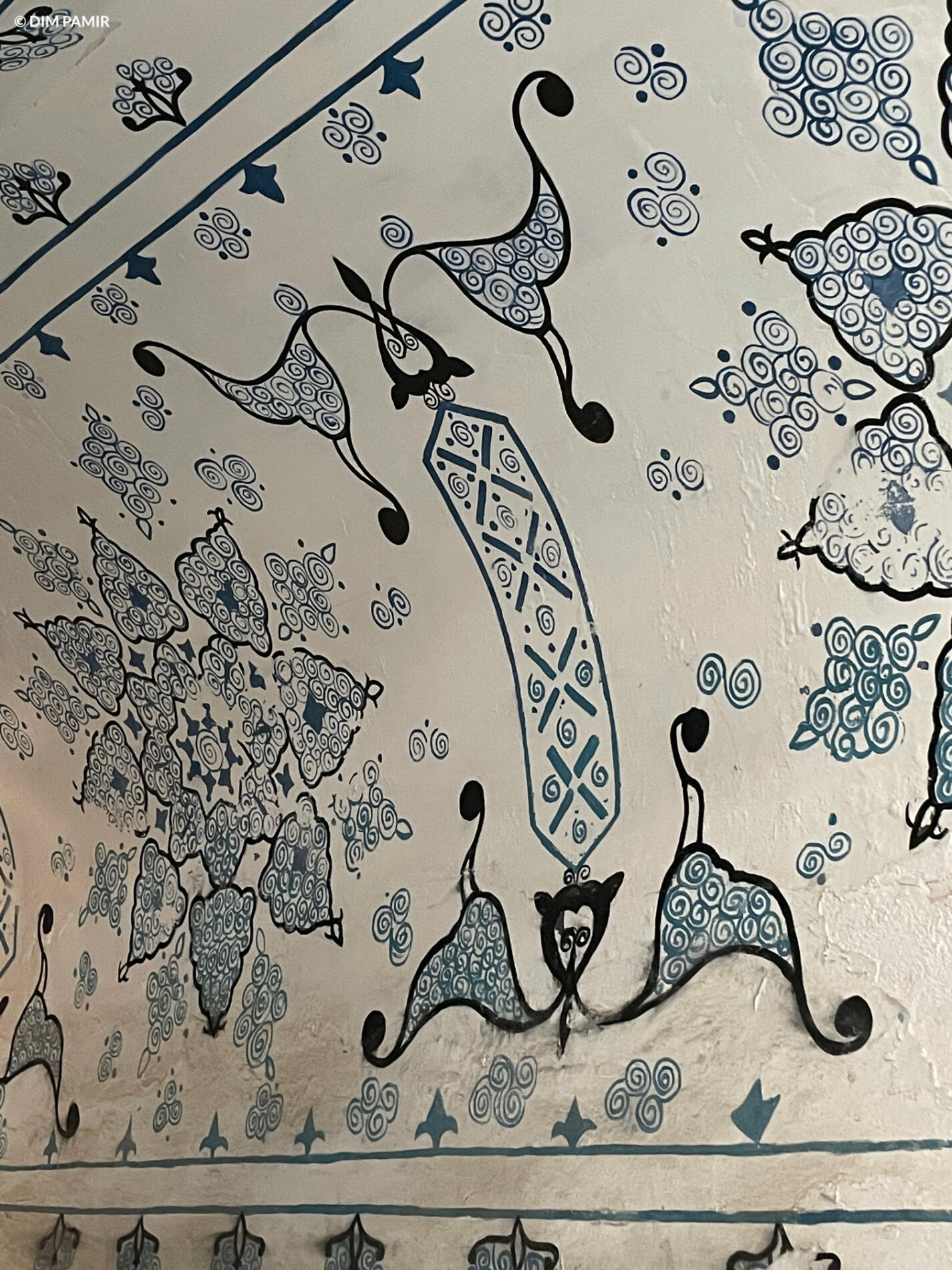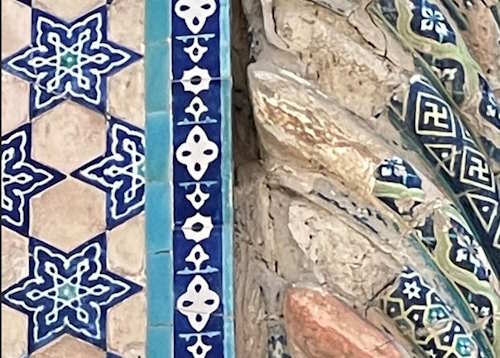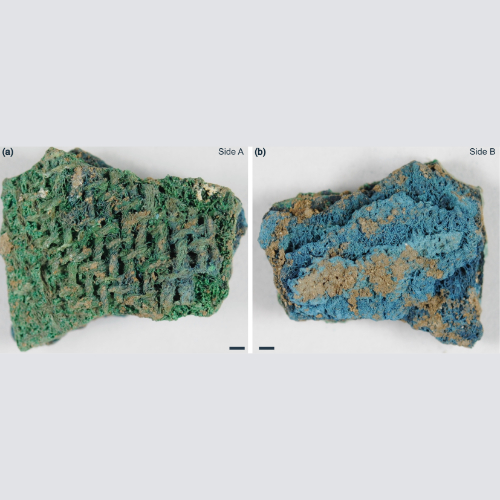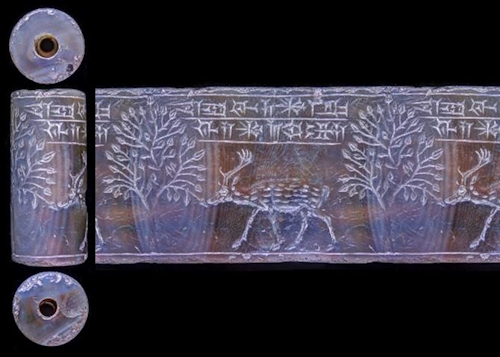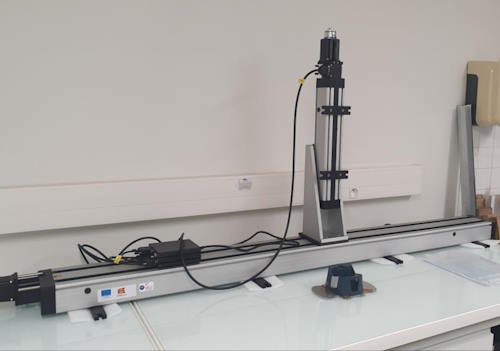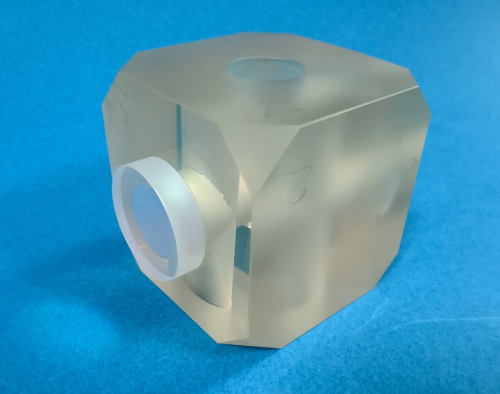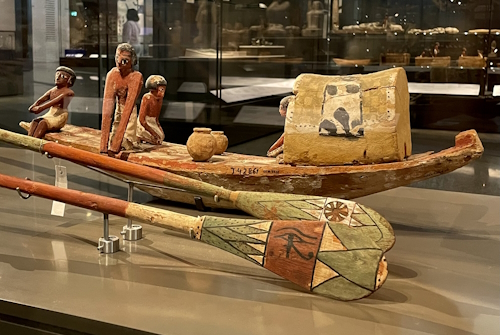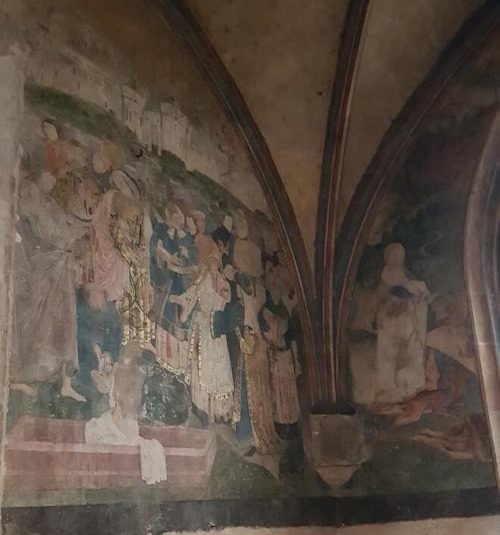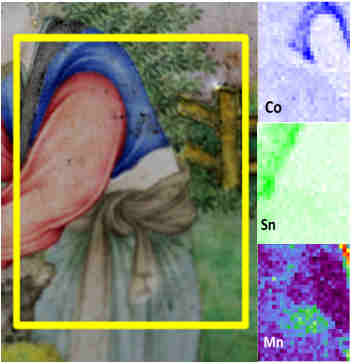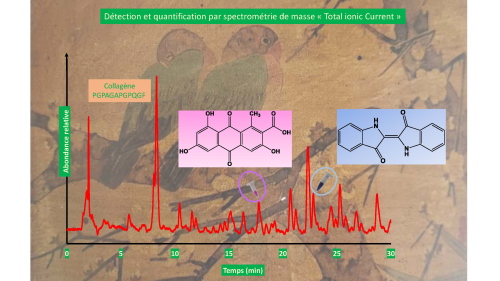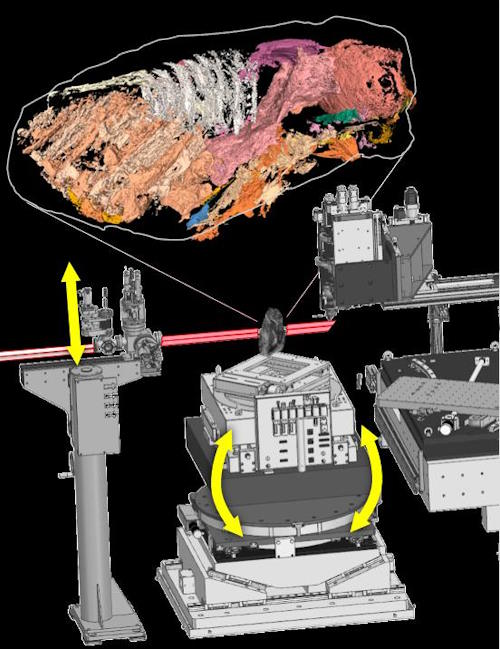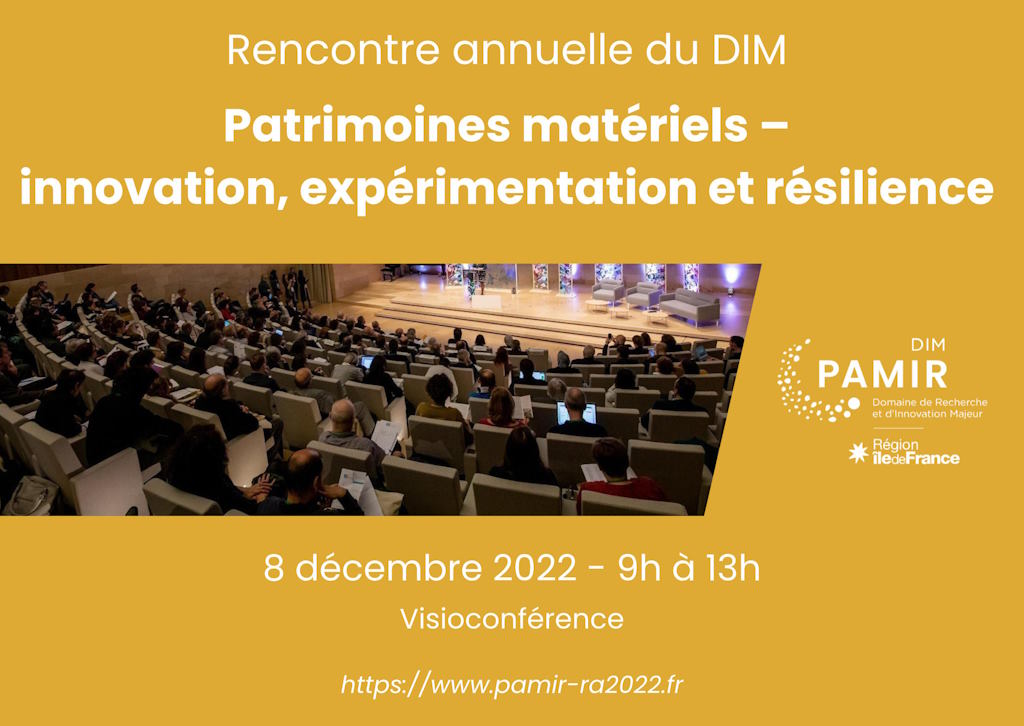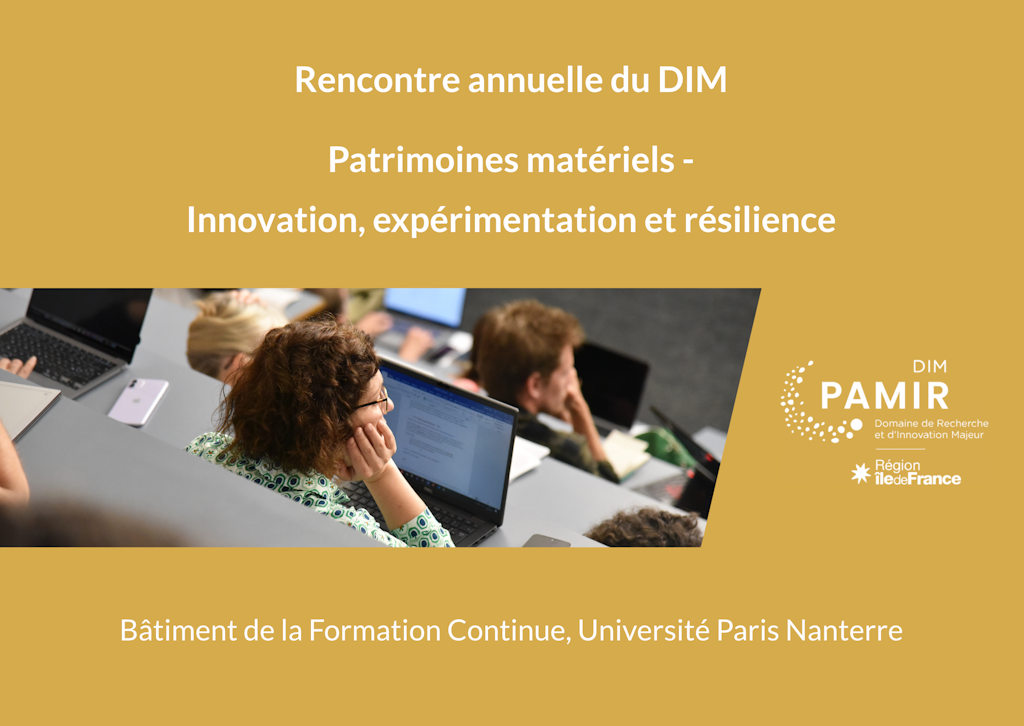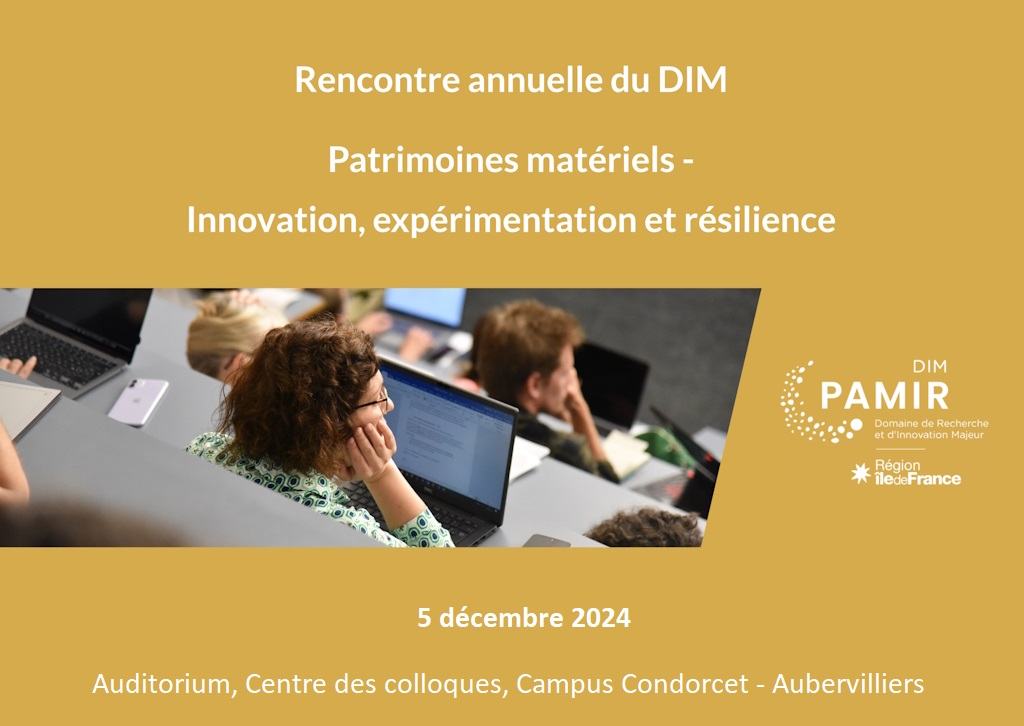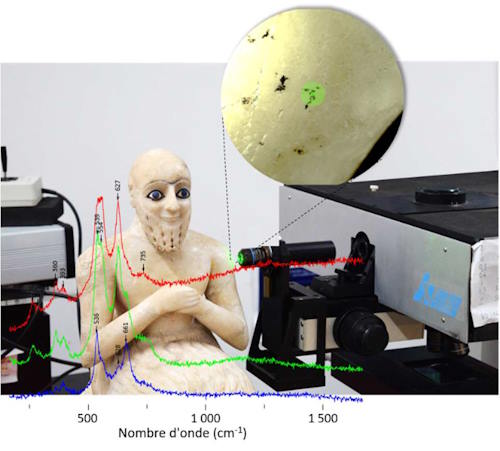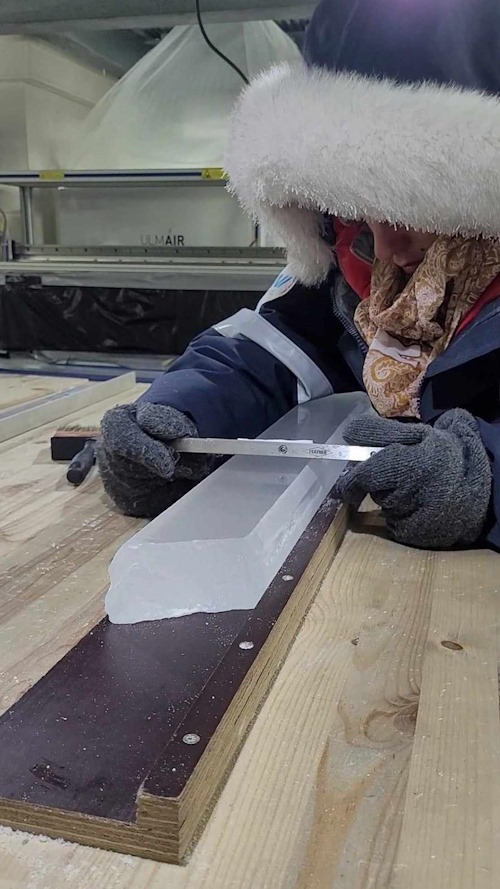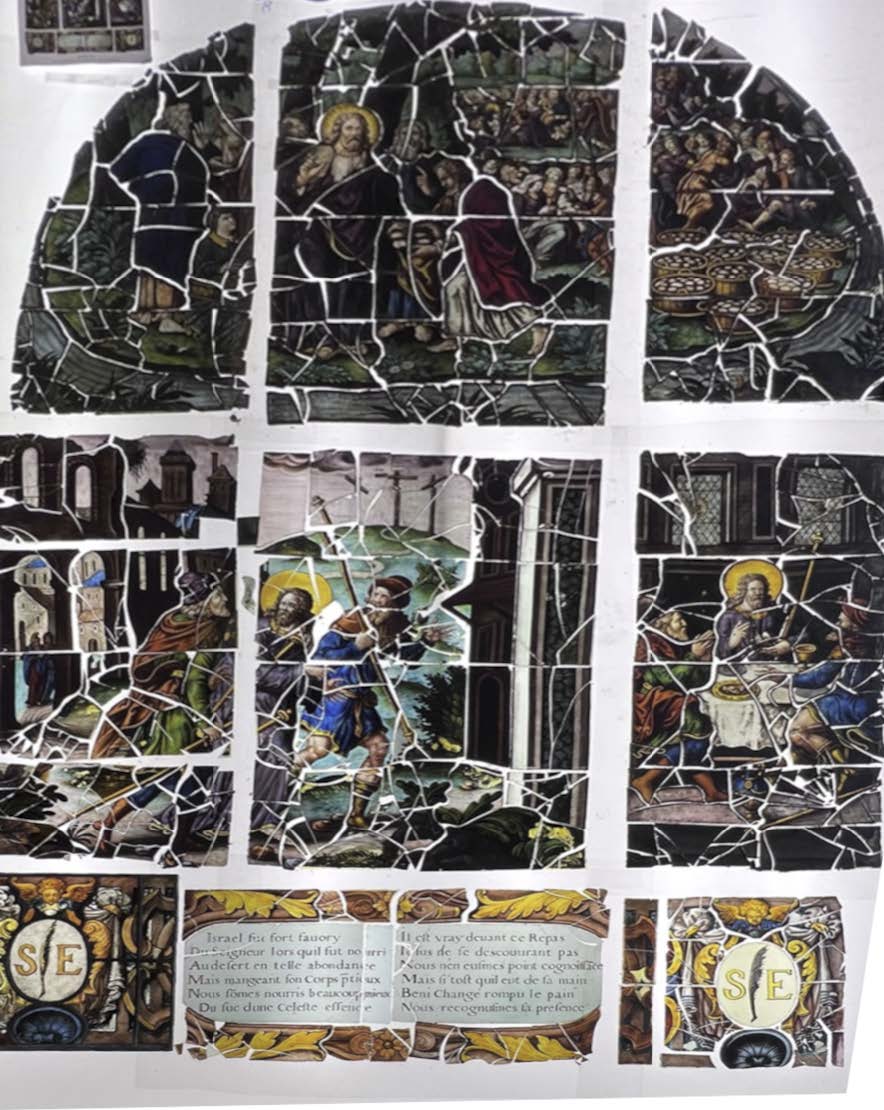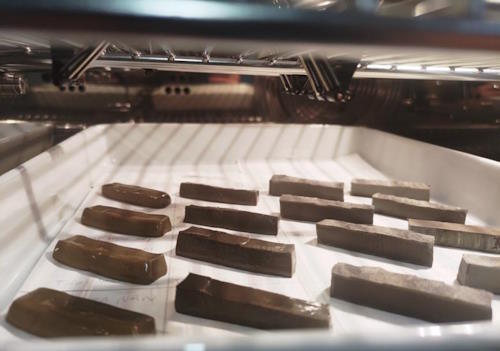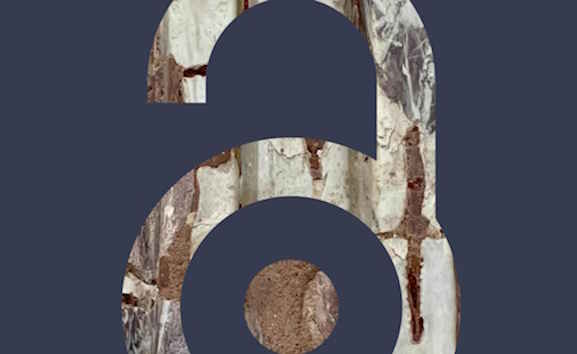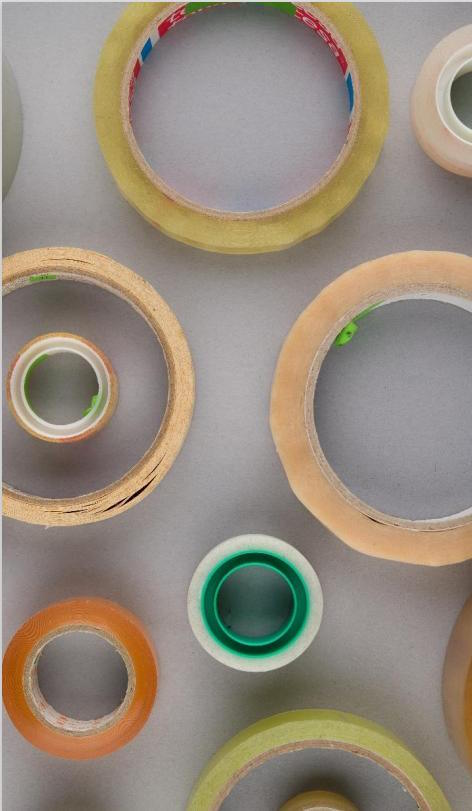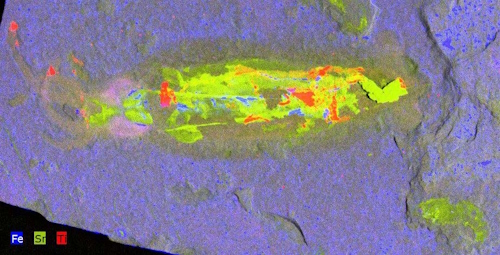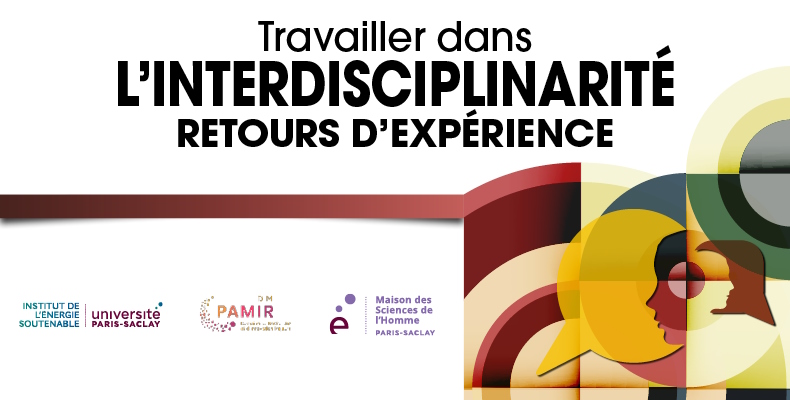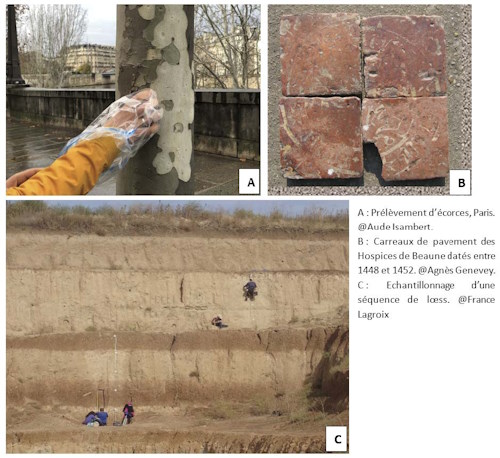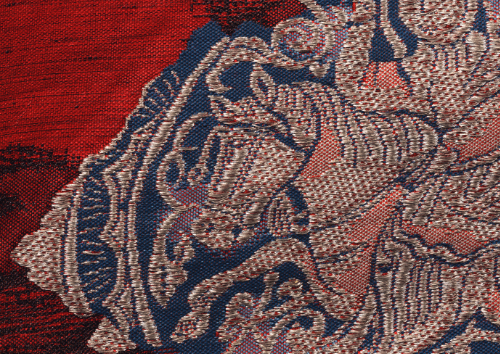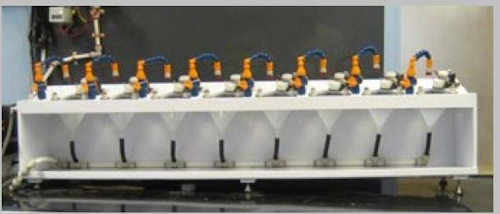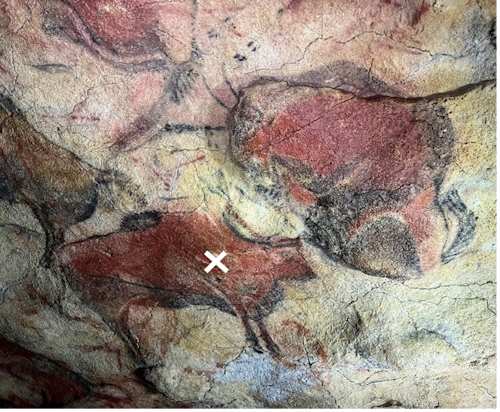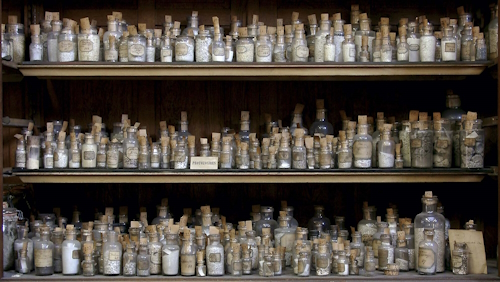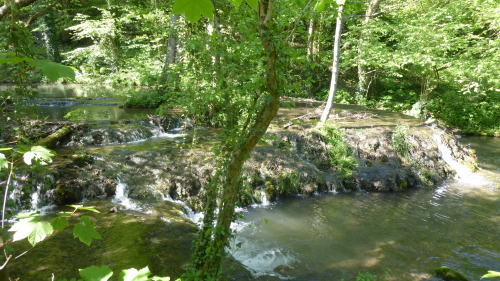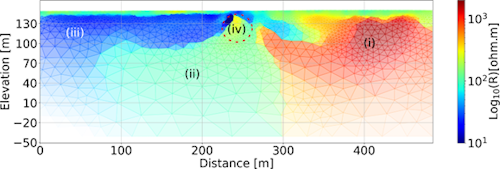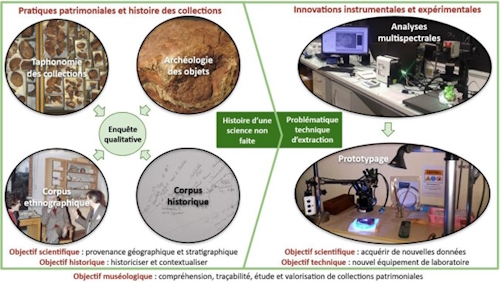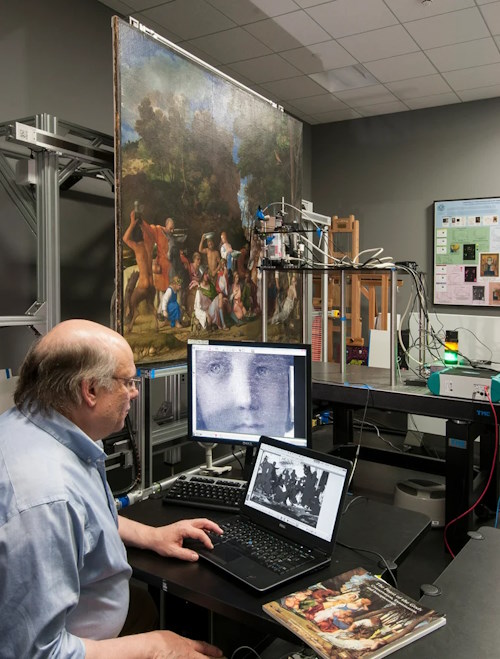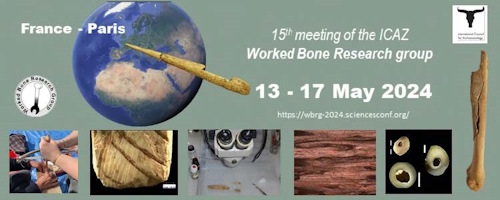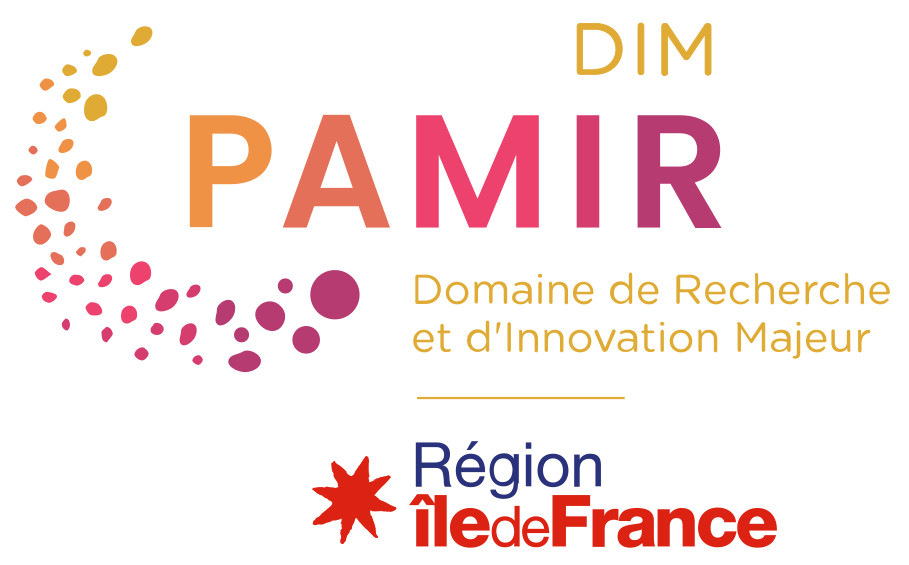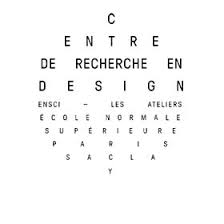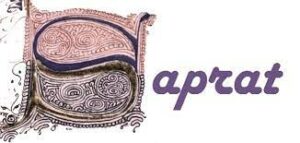Scientific meeting for the 20th anniversary of ARTEMIS-LMC14
Correlative approach for rapid analysis of fossil and archaeological samples
Laser Ablation – Laser Induced Breakdown Spectroscopy & Inductively Coupled [...]
High precision carbon and oxygen isotopes analysis on low carbonated samples
Documenting the manufacturing processes of ancient armour with the support [...]
Decipher the Angel’s Share
Ainu Resonances: Reconfiguration and Innovation in the Transmission of Environmental Knowledge
National Archaeological Genetic Data and Sample Bank
Coupled elemental Analyser -gRaphitsation system – mass sPectrometer sEtup for [...]
Exceptional preservation of the brain and radiation of the jawed vertebrates
Study of natural and anthropic archives by gas chromatography
High Resolution Characterization of Nature by Optical Observation
Reconstruction of climatic conditions over the last 40 000 years [...]
Research in conservation-restoration and instrumentation
Corpora, Repositories and Open Dictionaries
“Absolute” dating in archaeology
Isotope ratio mass spectrometer for ice core dating
Desalination by microstructured gel
The practice of Robert Delaunay and his contemporaries
From Mine to Object – Dialogues between Eastern and Western [...]
Build the first dual clumped isotope laboratory in France for [...]
Tensile tester for research and training purposes
Evolution of the Continental Ecosystems of the Charentes at the [...]
Organisation of a summer school linked to the 15th International [...]
Education in Green Conservation
Developing a bilingual controlled vocabulary for heritage science
EVolution and ChronOLogy of the lower Paleolithic in Basilicata (Italy)
Extraction and graphitization of carbonate and dissolved inorganic carbon – [...]
Automated and improved extraction of molecular biomarkers
An experimental approach to the study of manufacturing techniques for [...]
From raw material to finished product: selection of camelid fibers [...]
Exploring sulfur, metals, and REE in foraminifera as a new [...]
Sixth congress of French speaking researchers in organic geochemistry
Very-low background GAMMA spectrometry detector for the analysis of ancient [...]
Acquisition of an ICP-OES for elemental GEOchemical Analysis in GEOsciences [...]
Cathodoluminescence for Geosciences and Archaeology
Gordon Research Conference and Symposium Scientific Methods in Cultural Heritage Research
Implementation of functional molecules to map water at the micro-scale [...]
Lipid adaptation of microorganism Halobacterium salinarum in extreme salinity conditions: [...]
Optical-Clock-Referenced Cavity Ring-Down Spectroscopy
Operando InfraRed Spectroscopy for heritage studies
Neo-Inuit architectural wood in western Alaska: rings, isotopes, climate, and [...]
10th International Workshop for African Archaebotany
Study day Research in conservation-restoration: ambitions for new synergies
Study day Research in conservation-restoration: training and disseminating knowledge
Upgrade of ARTEMIS command control, National Instrument for Carbon-14 measurement
Launch day of the DIM PAMIR
The launch day of the structuring project “Référentiels franciliens” of [...]
Ultrahigh performance liquid chromatography coupled to tandem mass spectrometry for [...]
Lead Isotopes for Archaeology, Geology and Industry in Thailand
LiDAR survey processing and validation of geomorphological and archaeological markers [...]
Roman glasses: decoloring and recycling and contribution of photoluminescence
Extraction and quantification equipments for a molecular repository
Magnetoscop and absolute or differential field probe
MEchanics for Cultural Heritage Analysis
Auscultation of heritage stones by electrical spectral permittivity
Reflected Light Microscope for woody macroremains analysis
High magnification optical microscopy for the study of fossil plankton
MultIscale and MultImodal characterization of Collagen alteration in parchment
Workshop « Molecular Transformations in Oil Paint »
Methodologies and practices of research in restoration
Methodologies and practices of research in restoration (2)
International Study Day New Research on Archaeological Textiles
Digitization of Near Eastern Antiquities: Seals and Sealings from the [...]
Beyond the “Olmec Phenomenon” : Technological Characterization of Preclassic Ceramics [...]
Optimization in Multiproxies Analysis of Sedimentary sequences
Application of VCOF-CRDS methods to the study of past environments
Cooperation between DIM PAMIR and the IAEA
The DIM PAMIR wanted to promote the work of the [...]
Phase-based motion magnification for Real-time Inspection of Structural Movement of [...]
Characterisation of proteins contained in paints by liquid chromatography coupled [...]
Portable X-ray fluorescence MONARIS
The DIM PAMIR will hold a workhop with the libraries [...]
Quantification of organic compounds by micro-chromatography hyphenated with very high [...]
Annual meeting of the DIM PAMIR 2022
Annual meeting of the DIM PAMIR 2023
Annual meeting of the DIM PAMIR 2024
Raman spectrometer for heritage artefacts
11thannual conference of the French radiocarbon network: analysis and interpretation
Cold room renovation for storage and preparation of polar ice cores
Research on Enamels of ancient stained glass Windows
Characterization of natural and synthetic degraded rubbers by Pyrolysys-GC-MS
Open science – Scientific data
Open Science – Data in Heritage sciences
Development of a new approach using mass SPECTrometry coupled with [...]
Selective Preservation of coleoid Organs In Lebanese Lagerstätten
The DIM PAMIR, the Institut de l’Energie Soutenable and the [...]
Data Processing – Open Science (2)
Data Processing – Open Science project (3)
Combining design, digital technology and the science of heritage materials [...]
Automated wet sieving for fragile sedimentary fractions
Traces of the deep past: Non-invasive spectral analysis of vulnerable [...]
Microfossil sorter using machine learning techniques
Impacts of human activities on European river environments during the [...]
Ubiquistic Electrical Resistivity Tomography
Valorisation of the collection of Permo-Triassic tetrapod fossils from Madagascar [...]
Invitation of John K. Delaney
15th International Meeting of the Worked Bone Research Group
Workshop Heritage data : methods, infrastructures, operations (5)
Workshop Heritage data : methods, infrastructures, operations (6)
Workshop Heritage data: methods, infrastructures, operations (7)

